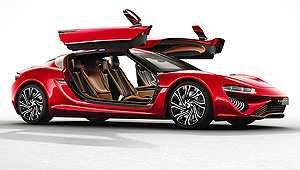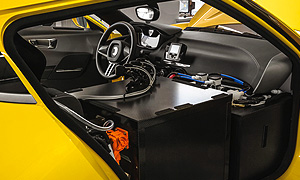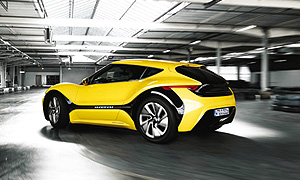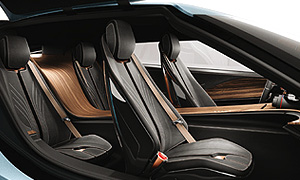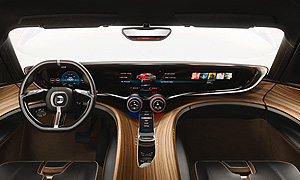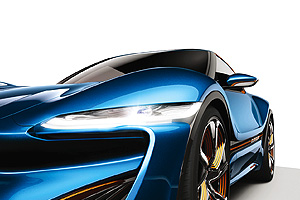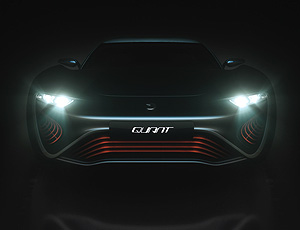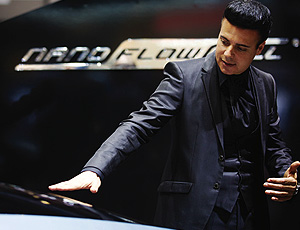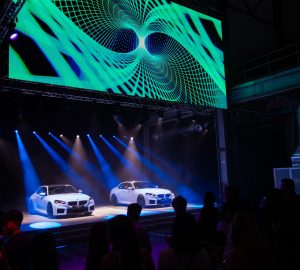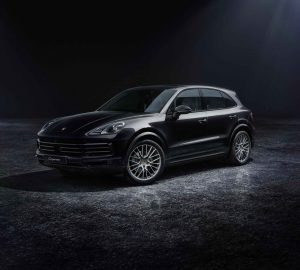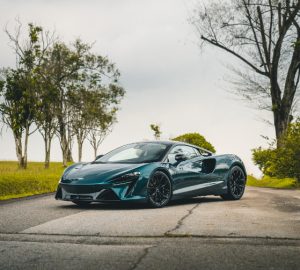Nanoflowcell — SPIRITUS QUANTUS
ELECTROMOBILITY OF TOMORROW — TODAY
In 2009, Nunzio La Vecchia presented an electric car hailed as the “future of automotion”. While the presentation was captivating and introduced the world to the Quant brand name, the car failed to make it past the auto show circuit. In 2014, the same man had started a company called NanoFlowcell AG, showing up at the Geneva Motor Show with the prototype of a supercar powered by saltwater-filled flow batteries filtering ionic liquid. Pundits were intrigued but sceptical, debating whether this may have been the last they saw of La Vecchia and his inventions. Some even went as far as saying that no working Quant cars would ever be built.
But La Vecchia powered on, and today, his Quant car models stand at three: the QUANT E, an electric roadlegal super sports car; the QUANTiNO, a family crossover for everyday use; and the QUANT FE, a sports saloon. Nanoflowcell technology works like this: each car carries electrolyte fluids — positively charged and negatively charged ionic liquid or saltwater — in two adjacent 200-litre tanks separated by a membrane. The reaction between them as they cross the membrane is what generates the electricity to power the vehicle. La Vecchia posits that the technology will “offer a wide range of applications a sustainable, low cost and environmentally-friendly source of energy”, and is so formidable that electric vehicles will become the new highperformance norm. Now that his first prototype has been made road-legal, Quant’s future prospects are starting to look up.
“F” STANDS FOR FLOW, INDICATING THAT THERE IS FLOW CELL TECHNOLOGY IN ACTION HERE
QUANT E
Of the three models, the QUANT E is the first one that has been approved for use on German and European roads. Also known as the QUANT E-Sportlimousine, the gull-winged coupé “[became] the founder of an attractive electromobility proposition” when it first launched at the 2014 Geneva Motor Show. The prototype has been used as a test vehicle ever since. It has four motors that power four wheels separately, goes from 0 to 100 km/h in 2.8 seconds and can cover distances of up to 600 km on a single charge
QUANTiNO
The smallest of the three, the QUANTiNO takes less than five seconds to go from 0 to 100 km/h. Its 80 kW (108 hp) electric motor gives it an agile character and exceptional propulsion — with a gentle tap on the gas pedal, it accelerates smoothly to a top speed of over 200 km/h in virtual silence and with zero harmful emissions. Putting Nanoflowcell’s flow battery to use in daily commuting-type efficiency, the hatchback has a range of up to 1,000 km on a single fill-up of ionic fluids. Despite its smaller size and two doors, the car still sports a 2 + 2 configuration for maximum daily usability and practicality. “This is not a small car, but a large sedan for four people. A sports sedan”, says La Vecchia.
QUANT FE
As the latest version, the FE embodies the second evolutionary stage of the NanoFlowcell drive. “F” stands for Flow, indicating that there is flow cell technology in action here; and “E” for the continual evolution of this new kind of electric vehicle concept. Billed as a “near-production” car, the FE has a maximum power of 801 kW (1,090 hp) and a top speed of 300 km/h. Like its sisters, it features a contemporary design and elegant form. But its interior has been redesigned with a focus on the dashboard. A new sensorFLOW technology allows controls to become visible through an ash wood surface when the car is switched on. The front display also has a widescreen cinema feel whilst the instrument cluster, head unit and entertainment are fused into a single unit.
Time will tell if car buyers will go with the Quant flow. So far, it looks promising.



